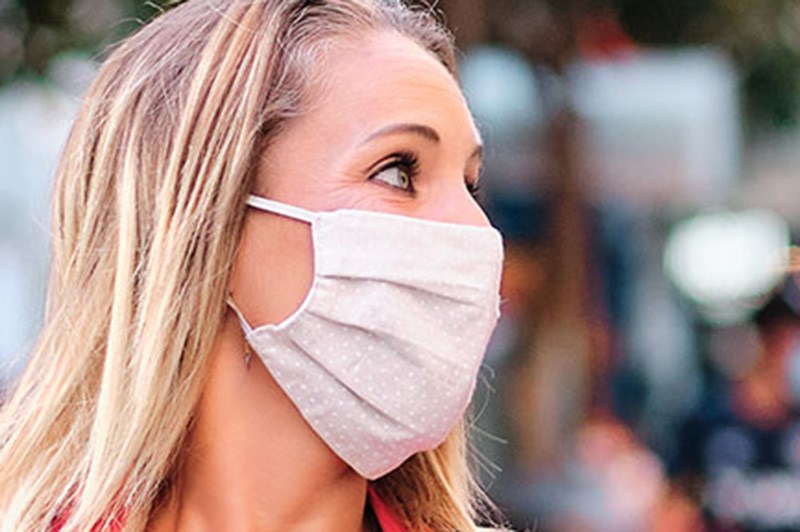York Region Public Health is projecting that local COVID-19 case counts could more than triple in the next couple of months.
Daily case counts could be at 245 by Dec. 1 based on modelling — a stark increase from the current 64 case average over the past seven days, regional council was told at a Sept. 23 presentation.
The modelling provides best-and-worst case scenarios, with 111 cases per day at best and 430 cases at worst. Region data scientist Linda Kaleis said though cases are likely to rise, there is some uncertainty given the number of different factors that could influence the figure.
“There are many drivers to that fourth wave,” she said. “Factors such as the delta (variant) circulating across our community, the introduction of vaccine passports, the reopening of schools and more people heading back indoors as the weather cools down.”
The modelling accounts for several other factors, including vaccination compliance, contact transmission, mobility, and how many students are attending school in person.
However, Kaleis said hospitalizations should be lower than the third wave, projected at about seven per day by Dec. 1, below the 20 per day experienced at the height of the third wave. However, she noted those numbers are for York Region residents and do not account for any patients transferred from other areas.
“I can’t give us a measure of capacity,” she said.
Medical officer of health Dr. Karim Kurji said cases are still principally being driven by the unvaccinated, with their numbers showing they have a 9.5 times chance to catch COVID-19 compared to vaccinated residents. But breakthrough cases in the fully vaccinated are also happening.
Kurji also said the region is keeping up vaccinations, at about 5,000 per week for first doses and 10,000 per week for second doses. Pfizer is also seeking approval for a vaccine for five to 11 year olds, and Kurji said that could start to roll out in late November or early December.
“We are already making plans on how to administer these vaccines, and the current plan is to use schools as much as possible, in addition to our community hubs,” Kurji said.
When asked about herd immunity, Kurji said officials initially hoped a 75 per cent uptake might get there, but the delta variant has increased that figure to 90 or even 93 per cent.
“We certainly had a chance in the summer to have prevented the fourth wave if we had the higher uptake in terms of vaccine rates,” he said. “As we continue that particular climb with respect to vaccination rates, it is my hope we will be achieving herd immunity at some point. When that happens, we expect the cases to be dropping.”
But Kurji will not be in his role if that happens. With his upcoming retirement at the end of the month, regional council gave Kurji a standing ovation.
“Your response to COVID-19, along with countless other public health issues, has been nothing short of remarkable,” chairman and CEO Wayne Emmerson said. “Without question, lives have been saved over the past two years due to your efforts and leadership.”
The appointment of a new medical officer of health was on the council agenda, but it was during a closed session, with no public announcement yet on Kurji’s replacement.
